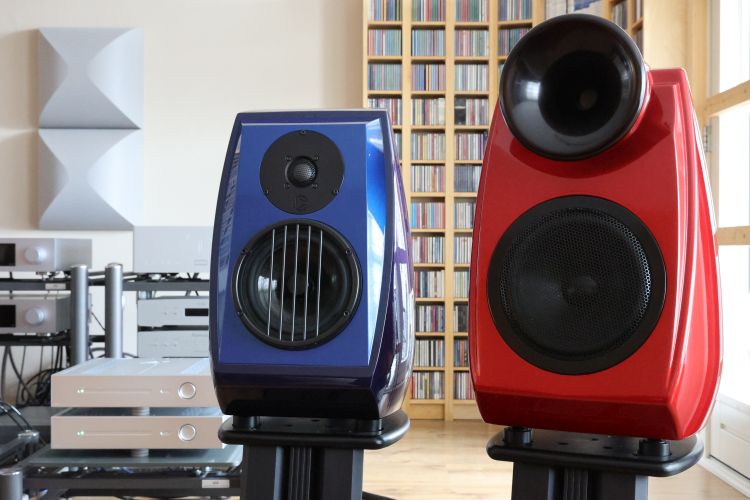
Review samples supplied by Ohm Audio
Retail prices per pair in the Netherlands, including 21% VAT:
Aletheia III: € 15.950
Aluminum Stands: € 3.450
AM23, including stands: € 23.950
Seawave Acoustic
Since its inception in 1983 by CEO Bo San, a practicing Korean Buddhist monk, Seawave Acoustic has sought the ultimate expression of horn loudspeaker technology. They aspire to reintroduce true horn loudspeakers based on original principles yet dramatically re-engineered for the modern era.
In order to achieve their goal, Seawave Acoustic has invented special innovations including HDMT (High Damping Metal Technology) for vibration control, the elimination of harmful solder from all electrical connections through NST (Non-Soldering Technology), and one-piece enclosures featuring Unicast AC4C Aluminium. In addition, the company has redeveloped key crossover components such as resistors, inductors, and capacitors.
Sound Philosophy
Bo San’s Buddhist philosophy has greatly influenced his approach to sound design, which seeks to remove a speaker’s intrusive identity – its “self”, you might say – leaving only the creative musical spirit that is inherent in the electrical signal. As human beings, we can only achieve enlightenment by overcoming the hurdles of self-centered isolation. As Bo points out, musical devices are much the same: the more we remove their unwanted eccentricities from the equation, the more they convey the true beauty of music.
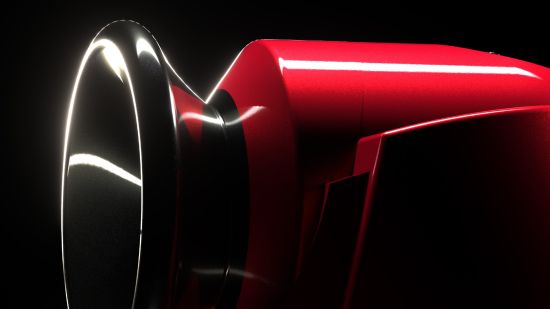
The advantage of Compression Drivers
A compression driver and a regular modern speaker driver basically operate on a similar principle, with an electrical current moving through a coil within a magnetic field. However, unlike modern drivers, the surface area of the compression driver is much smaller and the coil assembly is on the outside of the membrane, rather than in the middle. This translates into a lower moving mass and thus into faster transient speeds with a potentially greater retrieval of detail. Compression drivers are also able to handle greater power, giving lower levels of dynamic compression than their modern equivalents. Besides efficiently coupling the air, horns are very sensitive, so the diaphragm needs to move much less, dramatically decreasing distortion.
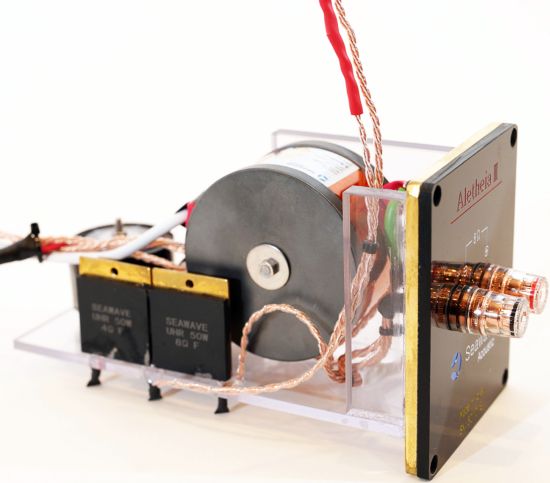
NST (Non-Soldering Technology)
To eliminate the influence of solder (which is a relatively bad conductor), Seawave Acoustic feels that solder joints inhibit the current flow and reduce dynamics. As a result, they have developed a method to remove all soldered points of connection within their loudspeakers. This is achieved by twisting and crimping cables and then sealing them with a powerful resin to prevent the destructive effects of oxidization.
Proprietary Crossover Components
The solderless NST methodology is taken to its extreme limits, applying it even to the crossover components the company developed, such as resistors, inductors, and capacitors.

Seawave capacitors are made with OFC and Kapton insulation.
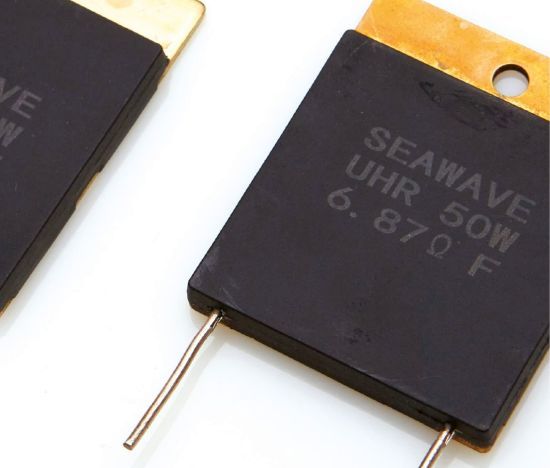
The resistors are produced to military-grade specification, incorporating the solderless NST methodology internally and employing silver adhesive to bind the connections, to keep the signal path as pure as possible while the components are located within the highest-grade ceramic housing.
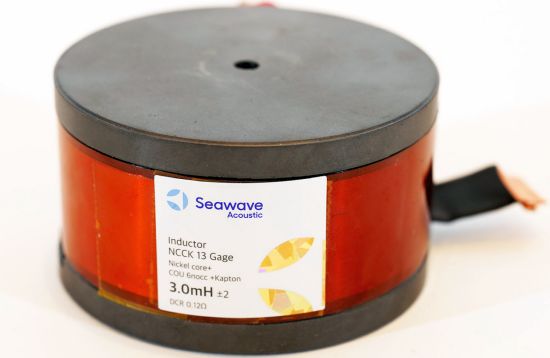
Normal Air Coil inductors can be an obstacle in the signal path because of the length of the conductor used to produce the values required for crossovers. Seeing these limitations, Seawave has developed hand-made inductors from specially-constructed nickel cores and 12AWG 6N copper coil foil, insulated with DuPont PTFE film (as well as Kapton tape for the AM23). The result is a much shorter inductor length (one-third of the length of the best conventional designs) and a dramatic decrease in resistive value. The practical result is deeper bass that is also easier to control by an amplifier.
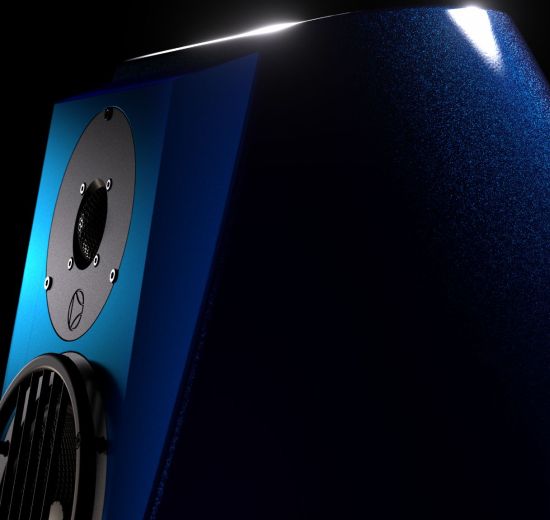
Unicast AC4C Aluminium Cabinet
Any extraneous energy generated by the speaker drivers, as well as the acoustic energy created within the cabinet, has to be captured and dissipated in a way that does not add noise or affect the performance of the drivers. To achieve this, Seawave Acoustic loudspeakers employ a Uni-Cast single-piece cabinet made of AC4C aluminum alloy, not your standard aluminum but a combination of aluminum, silica, and magnesium. The unicasting process creates a complex shape with no joints, providing tremendous rigidity, coupled with an inherently high dampening effect of the material itself.
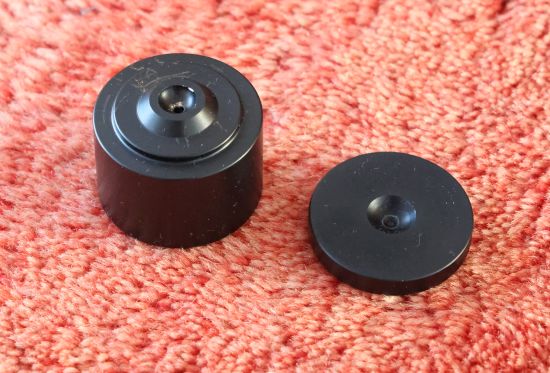
HDMT couplers and Floor Discs
HDMT – High-Damping Metal Technology Insulators
To eliminate any vibration from the environment being transferred to the speaker, Seawave Acoustic has designed HDMT insulators constructed from AC4C alloy to be used between the top of the stand and the speaker base. This technology was developed for use in particle accelerators and not only insulates and separates the cabinet from the floor but also eliminates any other acoustic energy discharged into the room.
Next: Aletheia III description
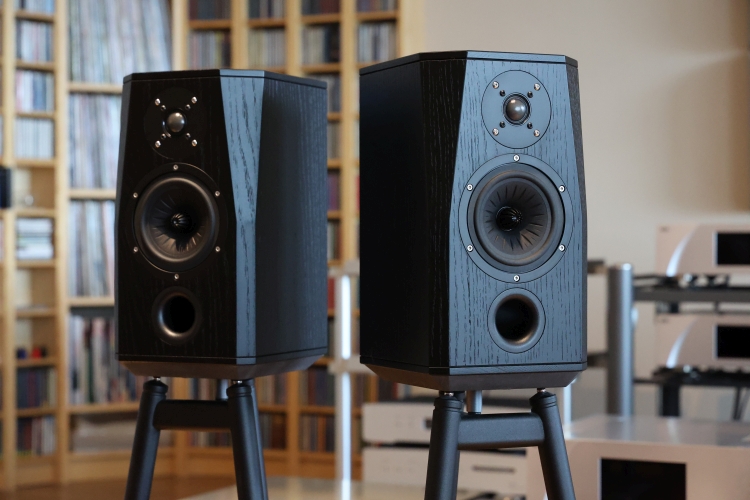
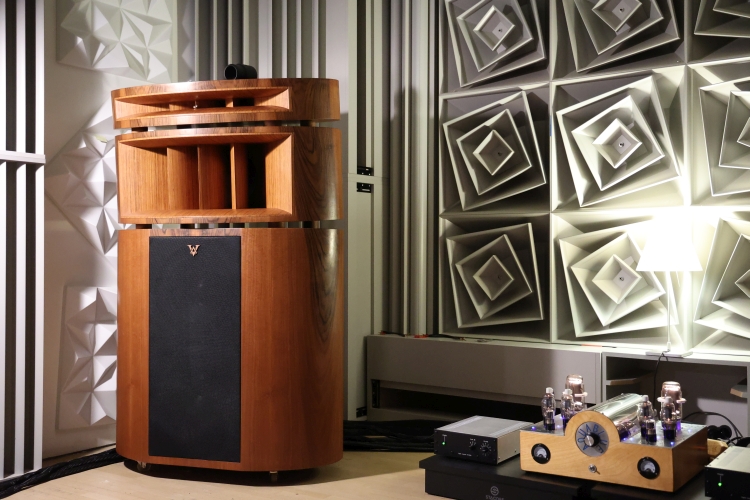
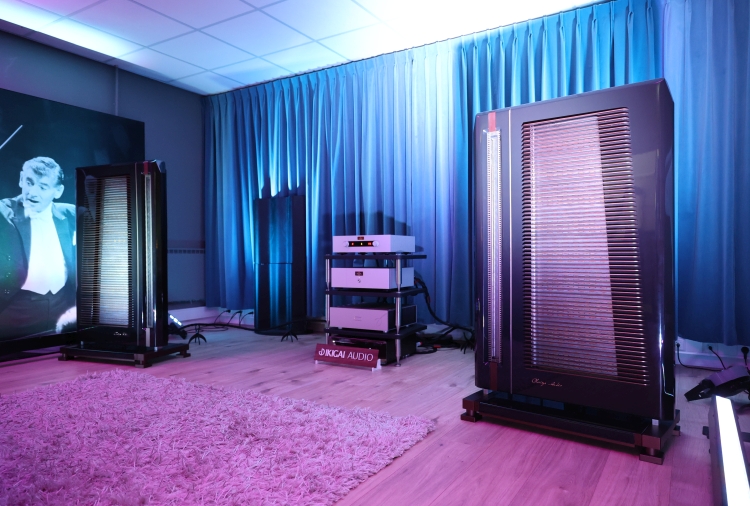
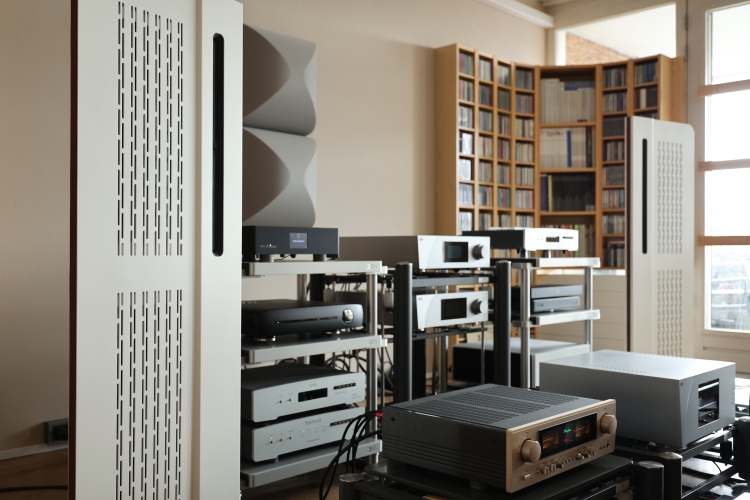
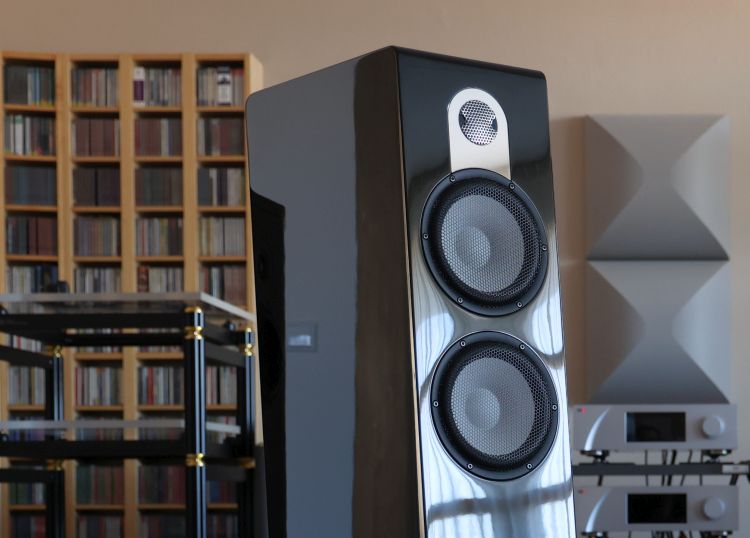
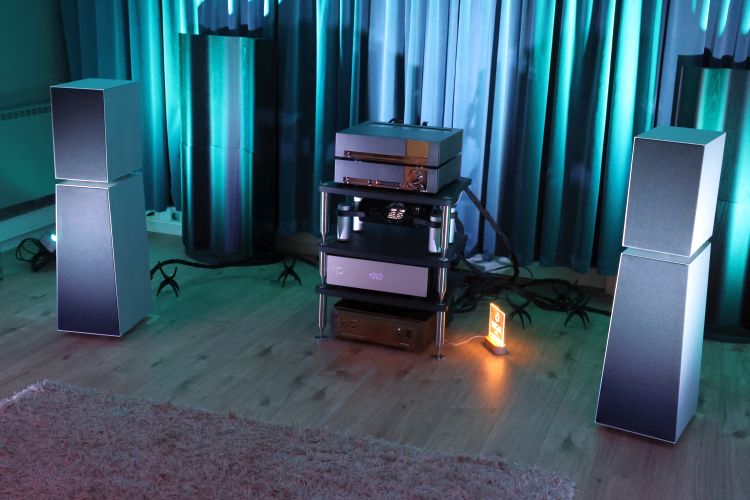
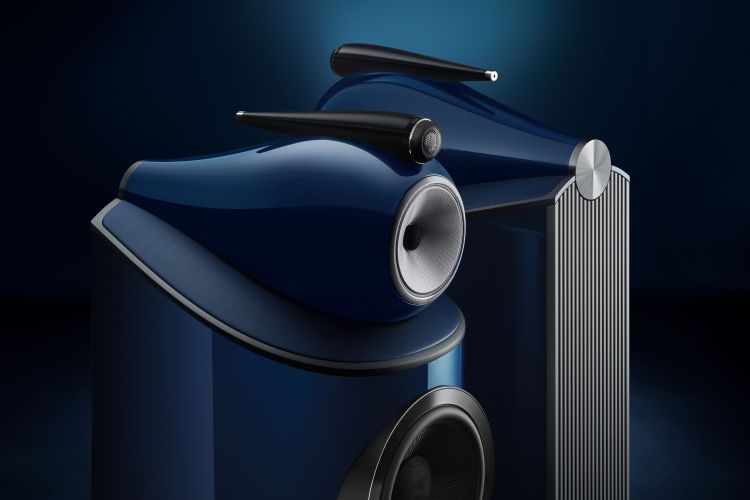
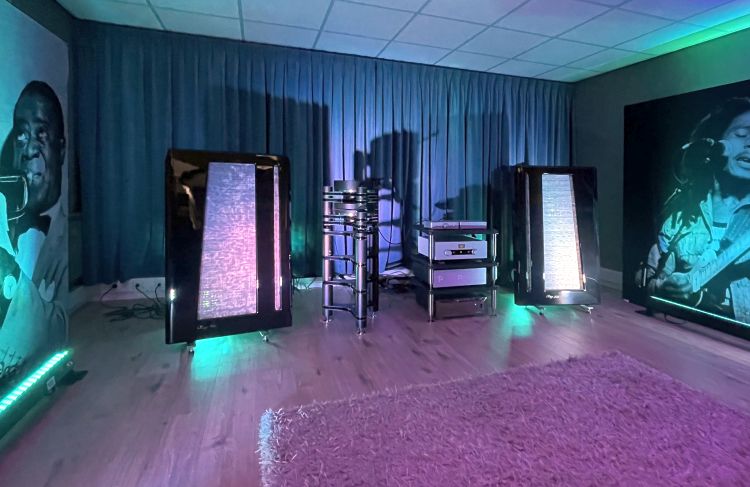
Sorry to disturb here… in this topic.
Just to inform you that the “contact page” does it NOT work.
Delete this post if… thank you again.
Thanks for the review. It would be great if you could actually write down the price of these speakers instead of „being cryptic“ and saying something about half the cost of the small Magico’s… I for example don’t know how much these Magico’s currently cost (IMO Magico’s are way overpriced for their sound quality anyway, but that’s another story). Thank you and sincerely
I was not intentionally being cryptic, just assumed people more or less know Magico prices, and sometimes I think it reads better to use descriptive or comparative words instead of raw numbers. In any case, the S1 MkII was 24.000 euros at introduction 7 or so years ago and it now costs 30.000 euros.
Thanks, Christian